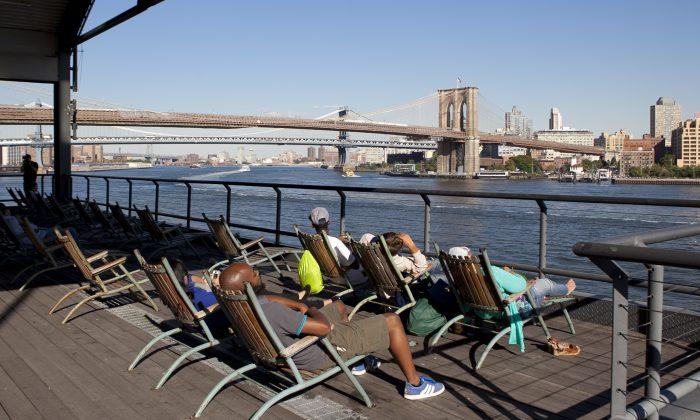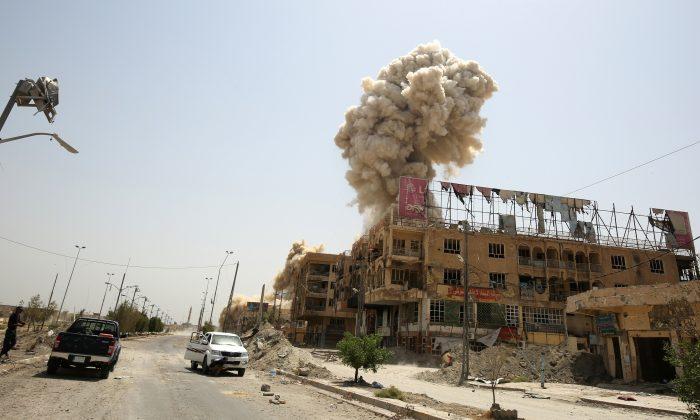NEW YORK—As a city, we have high expectations and some of them are very specific. For instance, most New Yorkers want a lot from their neighborhoods. There are the little wants, those things that “would be nice” to have (for me it always comes down to a good coffee shop and grocery store). Then there are the big wants, many of which in a post-Sandy world come down to a common-sense approach to growth, public inclusion in city planning, neighborhood improvement, and historic preservation.
But the harsh truth is that there are more projects and political will than there is money. In other words, very few of the post-Sandy wants and needs can ever be met and in the short-term our city is just as vulnerable to flooding as it was a year ago.
The Bloomberg administration—often accused of being so hyped on development to the disregard of public interests—has, to its credit, made a valiant effort to set the city off in the right direction. In looking at the aftermath of the damage wreaked by Sandy, the city started approaching the myriad of risks and problems related to coastal vulnerability under the umbrella of resiliency.
The administration created a director of resiliency, Daniel Zarrilli, under the Office of Long Term Planning and Sustainability, just two degrees below the office of the mayor. In December 2012, Mayor Bloomberg formed the Special Initiative for Rebuilding and Resiliency (SIRR), with a long-term goal of dealing with the impact of climate change. SIRR’s long report, assessment and plan on Sandy and beyond has 257 initiatives.
The list of “actionable recommendations,” as the city calls them, focus largely on rebuilding communities affected by Sandy and making buildings and infrastructure more resilient.
But what the city wants and what they can actually do seem to be at odds.
The money needed for the first phase of projects is $20 billion, but we are $5 billion short and face the possibility of more hurricanes with no substantive changes yet made. The nongovernmental community stakeholders, widely acknowledged as key to the process, are expressing fears that resilience measures will spiral into nothing more than development measures. Those fears are not unfounded.
At a Sept. 9 Community Board 3 meeting, Director Zarrilli and representatives from the Economic Development Corporation presented plans and answered questions about a feasibility study for the multiuse levee dubbed Seaport City. The city gave the distinct impression during the lengthy meeting that it thinks the massive funding gap can be filled by developing real estate on the levee, which would run from Battery Park to north of Manhattan Bridge.
As Zarrilli put it, “There is potentially property that could be developed.” As for other options, he said they “are probably worse.”
But the government’s plans for making a more resilient New York and the public’s desire to stall the skyrocketing cost of living in the city seem to be on a collision course—particularly in the case of Seaport City.
“It sounds like a plan for rich developers to get more money,” said David McWater, co-chair of CB3’s Land Use, Zoning, Public and Private Housing committee at the meeting.
The reaction to the comment didn’t bode well for finding common ground down the road. The audience of community and board members applauded, while Zarrilli and representatives from the EDC stood silent.





Friends Read Free